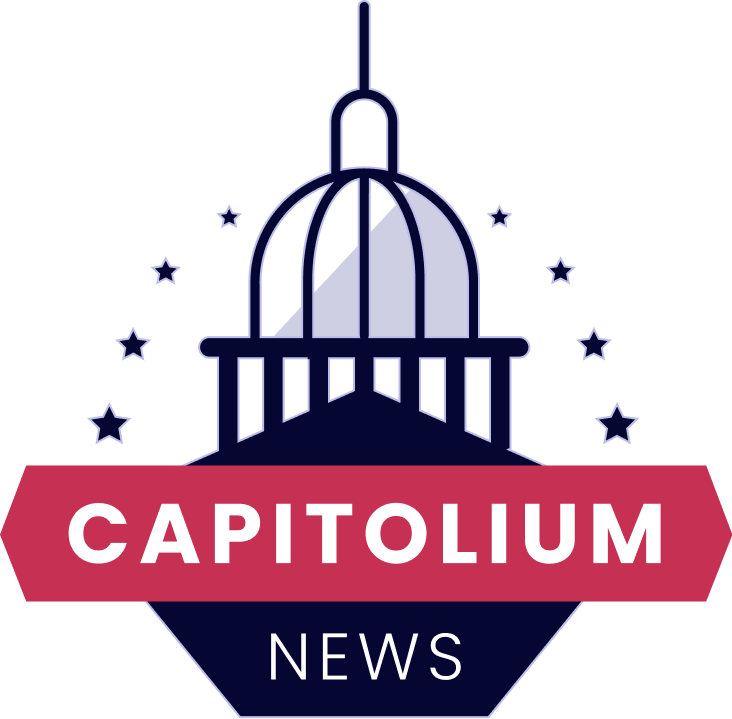In a political landscape where monetary policy decisions are often intertwined with the needs of governing bodies, it comes as no surprise that rate cuts and politics are topics that frequently dominate the conversation. The recent string of rate cuts by central banks around the world has stirred up debate and speculation regarding the motivations and implications behind these moves. Let’s delve into the intricate relationship between rate cuts and politics, and explore how these two elements intersect and influence each other.
1. **Monetary Policy as a Political Tool:** Central banks are tasked with the responsibility of setting monetary policies to achieve stability and growth in the economy. However, the decision to cut interest rates can sometimes be swayed by political considerations. In some cases, governments may pressure central banks to lower rates to stimulate economic activity and bolster their approval ratings. This delicate balance between economic objectives and political interests can often complicate the decision-making process for central banks.
2. **Impact on Financial Markets:** Rate cuts have a profound impact on financial markets, influencing investor sentiment and market dynamics. Political events and rhetoric can further amplify the market reactions to rate cuts, leading to increased volatility and uncertainty. Investors closely monitor central bank decisions and political developments to gauge the direction of interest rates and adjust their investment strategies accordingly.
3. **Inflation and Economic Stability:** Rate cuts are typically employed as a measure to spur economic growth and inflation. However, the long-term consequences of prolonged low interest rates on inflation and economic stability cannot be ignored. Politicians may push for aggressive rate cuts to create a short-term boost in the economy, but this strategy could potentially lead to inflationary pressures and asset bubbles down the line. Central banks must strike a delicate balance between accommodating political pressures and safeguarding economic stability.
4. **Global Interconnectedness:** In an increasingly globalized world, the impact of rate cuts and political decisions extends beyond national borders. Central banks must consider the international implications of their policy choices, as rate cuts in one country can have ripple effects on global financial markets and trade relations. Political factors such as trade disputes and geopolitical tensions further complicate the interconnected nature of monetary policy decisions, necessitating a coordinated approach among central banks and governments.
5. **Transparency and Independence:** Maintaining the independence and credibility of central banks is crucial for effective monetary policy implementation. Political interference in rate-setting decisions can erode public trust in central banks and undermine their ability to fulfill their mandate. Transparency in communication and adherence to established monetary policy frameworks are essential to shield central banks from undue political influence and ensure their autonomy in decision-making.
In conclusion, the intricate interplay between rate cuts and politics underscores the complex nature of monetary policy in a political context. Central banks must navigate the competing demands of economic objectives and political considerations to chart a course that promotes sustainable growth and stability. By understanding the dynamics at play and upholding the principles of transparency and independence, central banks can effectively steer monetary policy in a manner that benefits the overall economy while mitigating potential risks.



